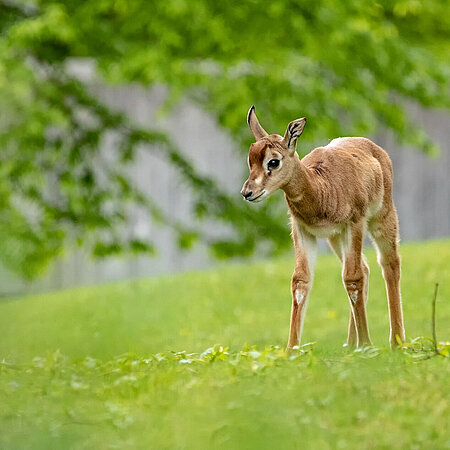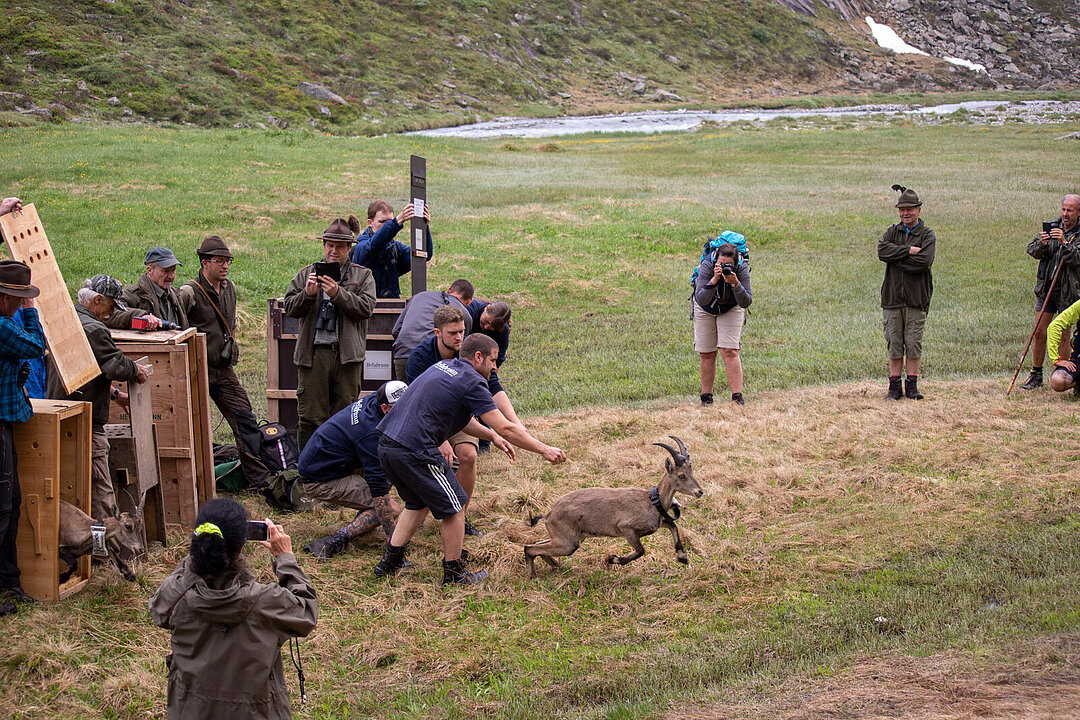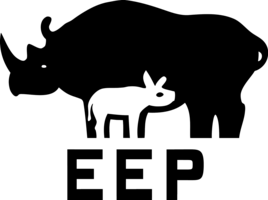Conservation breeding
Safety net for endangered species

Safety net for endangered species
Ex-situ conservation efforts, i.e. outside the natural habitat, also play an important role in protecting many species. Endangered species are bred in zoos to ensure the long-term survival of their populations and are only taken from the wild in exceptional cases for species conservation.
The European bison, Przewalski's horse and dama gazelle are just a few examples of species that have been saved from extinction by successful breeding in zoos after being wiped out in their natural habitats. Reserve populations in zoos are essential for species that only occur in small populations in the wild or in a very confined distribution area – otherwise a single natural disaster or disease outbreak could be enough to wipe out the species. Where the need arises, zoos can provide animals from their inventories for reintroduction into suitable habitats in the wild.

The European Association of Zoos and Aquaria (EAZA) is an organisation of leading zoological institutions in Europe. Its aim is to conserve healthy populations of animals in human care by facilitating cooperation among its members through initiatives such as the EAZA Ex situ Programme (EEP) and European Studbook (ESB). Each species programme has a coordinator who monitors the population and recommends which animals should be transferred between zoos and which individuals are suitable for breeding.
The EEP fulfils other roles apart from conserving healthy populations of endangered species. For example, the animals living in zoos help to improve scientific understanding of their respective species and enable research work. Hence, there are also EEPs for species that are not (yet) endangered. The experience and knowledge gained by studying them can be used to develop new conservation breeding programmes for related species that are highly endangered.
More about research projects can be found here

